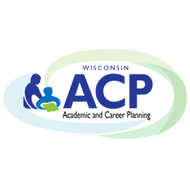Career Readiness - Elementary Math & Finance Careers
(View Complete Item Description)“Students are introduced to a new routine called Questions About Us. In this version, they figure out how many students are in the classroom today. Students then count objects in different collections in a way that makes sense to them.” Finally, students synthesize their learning by considering careers which require counting skills.
Material Type: Lesson




















